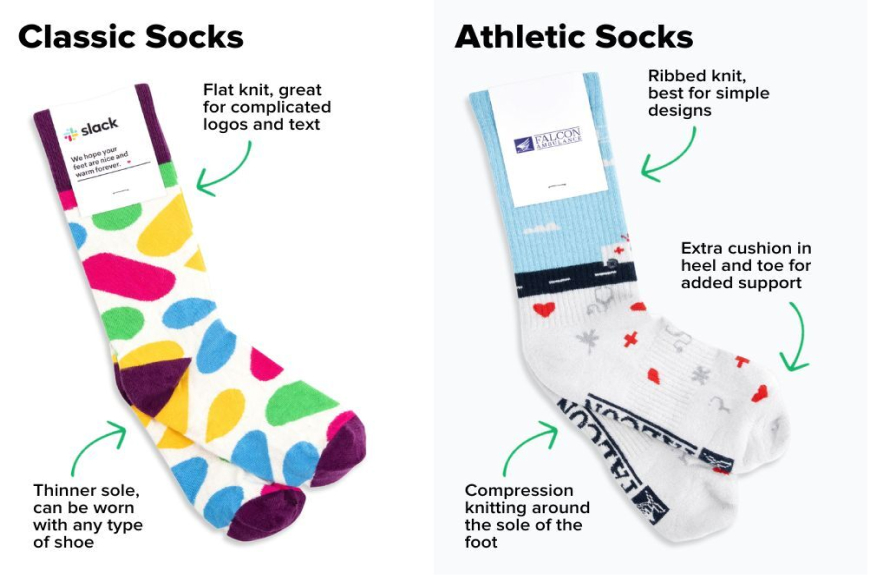Understanding Compression Sock Sizes
Compression socks come in a variety of sizes to ensure a proper fit for different body types and leg measurements. Getting the right size is crucial for experiencing the full benefits of compression therapy, such as improved blood circulation, reduced swelling, and enhanced athletic performance. In this comprehensive guide, we'll walk you through the process of determining the perfect compression sock size for your needs.
Why Proper Fit is Essential
Wearing compression socks that fit properly is essential for both comfort and effectiveness. Socks that are too loose will not provide the necessary compression levels, while socks that are too tight can be uncomfortable and may even restrict blood flow. A well-fitted pair of compression socks should feel snug but not constricting, allowing you to wear them comfortably for extended periods. To learn more about the benefits of compression socks, check out our Compression Socks Guide.
Measuring Your Legs for Compression Socks
To find the right size compression socks, you'll need to measure your legs. Start by measuring the circumference of your ankle at its narrowest point, typically just above the ankle bone. Next, measure the circumference of your calf at its widest point, which is usually about midway between your knee and ankle. Finally, measure the length of your calf from the bend of your knee to the floor. These three measurements will help you determine your compression sock size using a size chart.
Compression Sock Size Charts: How to Use Them
Most compression sock manufacturers provide size charts to help you find the perfect fit. These charts typically list sock sizes alongside the corresponding leg measurements. To use a size chart, simply find your measurements in the appropriate columns and note the corresponding sock size. Keep in mind that different brands may have slightly different size charts, so always refer to the chart provided by the manufacturer of your chosen compression socks. Here's an example of a comprehensive compression sock size chart from Cardinal Health.
Common Compression Sock Sizes Explained
Compression sock sizes typically range from small to extra-large, with some brands offering additional sizes like extra-small or extra-extra-large. These sizes generally correspond to specific leg measurements, such as ankle and calf circumference. For example, a small size might fit ankle circumferences of 7-8 inches and calf circumferences of 11-14 inches, while a large size could accommodate ankle circumferences of 9-10 inches and calf circumferences of 15-18 inches.
Tips for Trying On Compression Socks
When trying on compression socks for the first time, there are a few tips to keep in mind. First, put the socks on in the morning when your legs are less likely to be swollen. Pull the socks up gently, taking care not to overstretch the material. The socks should feel snug but not painful. If you feel any tingling, numbness, or discomfort, the socks may be too tight, and you should try a larger size. Walk around for a few minutes to ensure the socks stay in place and don't bunch or slide down.
Adjusting Compression Socks for a Perfect Fit
If you find that your compression socks are slightly too long or too short, there are ways to adjust them for a better fit. If the socks are too long, you can fold the top of the sock down to create a cuff. This will help keep the socks in place and prevent them from sliding down. If the socks are too short, you may need to try a different size or consider a knee-high or thigh-high style for more coverage. For custom sizing options, consider ordering custom compression socks tailored to your specific measurements.
Choosing the Right Compression Level
In addition to choosing the right size, it's important to select the appropriate compression level for your needs. Compression levels are measured in mmHg (millimeters of mercury) and range from mild (8-15 mmHg) to extra-firm (40-50 mmHg). Lower compression levels are generally suitable for everyday wear, minor swelling, and mild support during exercise. Higher compression levels are often recommended for more severe swelling, post-surgery recovery, and medical conditions such as deep vein thrombosis. Always consult with your healthcare provider to determine the best compression level for your specific needs.


